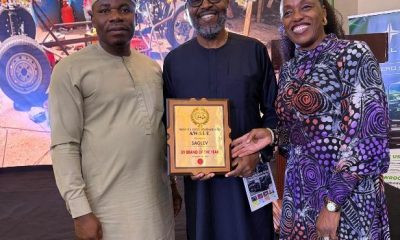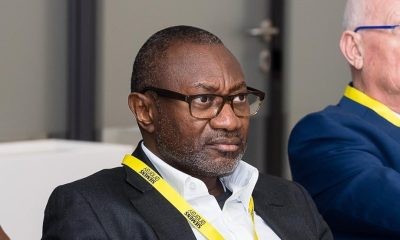Since President Muhammadu Buhari earmarked $1 billion as intervention fund for boosting Nigeria’s weaponry in 2018, there have been hostilities both within and without.
While some American lawmakers kept venting anger against Nigeria over its human rights violation and how the US will compound it by selling the jets, local groups like Ilana Omo Oodua, IPOB, and others were also petitioning the US to not sell the jets, already paid for, to Nigeria.
The spending of the fund recently became an issue. NSA Babagana Monguno raised the alarm nobody knew the whereabouts of the monies or the weapons the last set of service chiefs claimed they purchased. That debate is still on.
Against all odds, six of the 12 the birds eventually arrived, bearing hope of stabilizing Nigeria shaken by terrorists and bandits.
Besides A-29 Tucano intelligence, surveillance, reconnaissance, and precision-strike capabilities, here are five things to know about the fighter jets:
Price
The purchase—$500m—is the single largest in the sub-Saharan Africa.
Military Training
A total of 64 NAF pilots and maintainers were trained to U.S. standards with the U.S. Air Force’s 81st Fighter Squadron at Moody Air Base in Georgia, USA.
Human Rights Training
This emphasised the Law of Armed Conflict and civilian casualty mitigation, which are fundamental principles of the military’s professional education and training.
Technical Support
U.S. Army Corps of Engineers is providing $36.1m in infrastructure support to the A-29s’ home base, Kainji Air Base, including a covered magazines and aircraft sunshades, a new airfield hot cargo pad, perimeter and security fencing, airfield lights, and various airfield apron, parking, hangar, and entry control point enhancements.
Storage Facilities
The infrastructure package also includes a flight annex wing building for simulator training as well as munitions assembly and storage and small arms storage.

 Business1 week ago
Business1 week ago
 Latest3 days ago
Latest3 days ago
 Business1 week ago
Business1 week ago
 Business1 week ago
Business1 week ago
 Latest24 hours ago
Latest24 hours ago
 Politics1 week ago
Politics1 week ago
 Latest4 days ago
Latest4 days ago
 Latest2 days ago
Latest2 days ago

